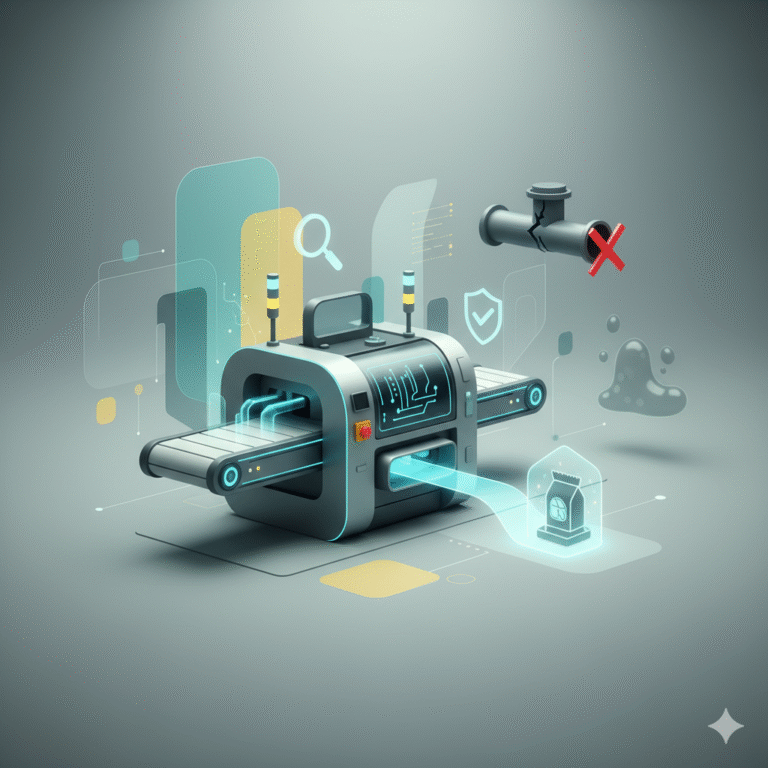In food manufacturing, a product recall can trigger a chain reaction of complications. From lost revenue to damaged customer relationships, the fallout is significant. What’s often overlooked is that many of these incidents don’t start with a dramatic failure. Instead, they can quietly stem from something more subtle: poor equipment design.
Hidden Hazards in Outdated Equipment
Even the most committed teams can struggle to uphold sanitation standards if the equipment they’re working with isn’t built for it. Surfaces that trap debris, crevices that collect residue, and parts that are hard to dismantle can all make cleaning more difficult. When routine cleaning can’t reach every corner, bacteria and contaminants have the chance to grow unnoticed.
Older machines that have been modified or retrofitted over the years often present more challenges. These alterations might compromise hygiene and create friction with evolving food safety regulations. Without features like clean-in-place systems or simple disassembly, sanitation workers are forced to find workarounds, increasing the risk of contamination through inconsistency or oversight.
Designing With Prevention in Mind
A growing number of food manufacturers are shifting toward machinery designed to minimize contamination risks before they arise. Rounded corners, sealed joints, and sloped surfaces that allow fluids to drain properly are becoming standard design elements. These improvements help reduce the number of places where bacteria can hide and make daily cleaning faster and more effective.
Advanced equipment also minimizes the need for hands-on contact. Automated processes help lower the chances of human error, which remains a leading cause of contamination. When machines are built with both production efficiency and sanitation in mind, safety and performance can improve at the same time.
Support That Complements Smart Design
Good design doesn’t end at the machine itself. It should also include accessible maintenance procedures, easy-to-order parts, and responsive technical assistance. Quick access to support helps prevent small equipment issues from turning into bigger problems that interrupt production or jeopardize product safety.
Ongoing training is just as essential. Teams need to be familiar with both the design and the intended use of each machine in the line. When operators and sanitation crews understand how to maintain and clean their equipment properly, the benefits of good design are fully realized.
Creating a Culture Focused on Prevention
Every food manufacturer aims to avoid the setbacks of a recall. But avoiding risk doesn’t happen through response alone. It starts with designing better systems from the ground up. When facilities prioritize hygienic design, ease of maintenance, and process control, they set themselves up for long-term success.
This proactive approach doesn’t just protect customers. It also supports smoother operations and reduces the chance of unplanned downtime. By investing in equipment that puts cleanliness and usability first, companies reinforce their commitment to safety, quality, and reliability.
Explore how intentional equipment design and proactive process planning come together to reduce risk in the visual breakdown of the recall lifecycle from Bak Food Equipment, a provider of semi automated tumbling lines.


